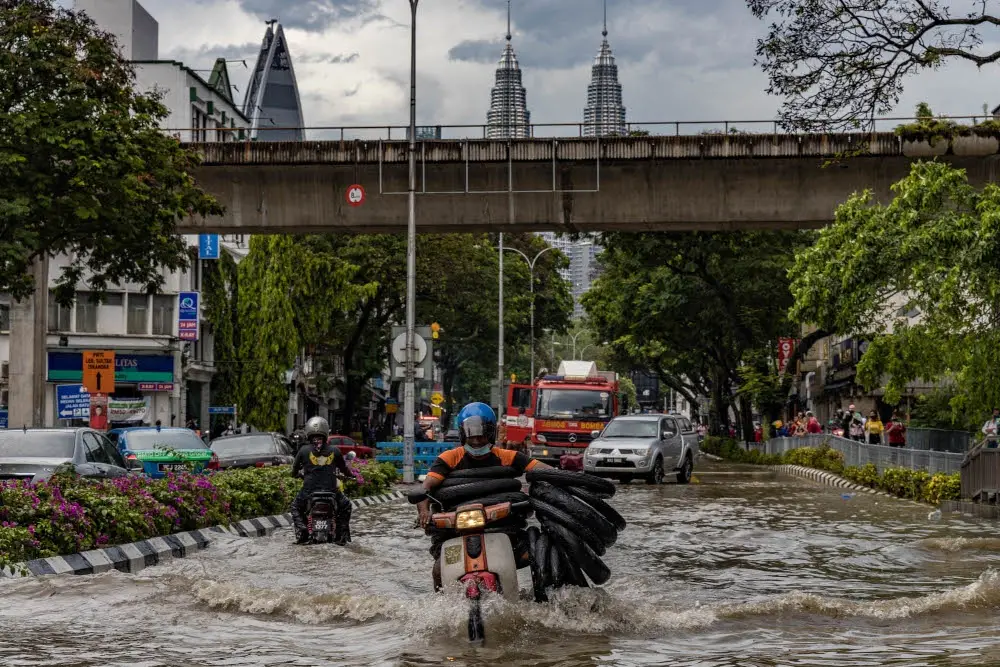Climate change is impacting us more rapidly and more severely than expected. It has become apparent that due to extreme dry and wet spells in Malaysia, the risk of climate change-related disasters in Kuala Lumpur has increased significantly. The Malaysian National Water Research Institute (NAHRIM) estimates that from the 1970s to 2007, the intensity of rainfall duration increased by approximately 30per cent, while sea levels rose between 2.7 to 7.0 mm per annum from 1993 to 2010. At the same time, the incidence of droughts has increased.
The frequency and magnitude of climate change-related hazards such as droughts, wildfires, flash floods, and landslides have left the city and its residents vulnerable to further shocks and stresses. Recent incidents, including falling trees and sinkholes, are likely exacerbated by waterlogging and inadequate infrastructure monitoring and maintenance. To prevent unnecessary damage in the future and build a more resilient Kuala Lumpur, we need a well-structured Climate Adaptation Strategy.

